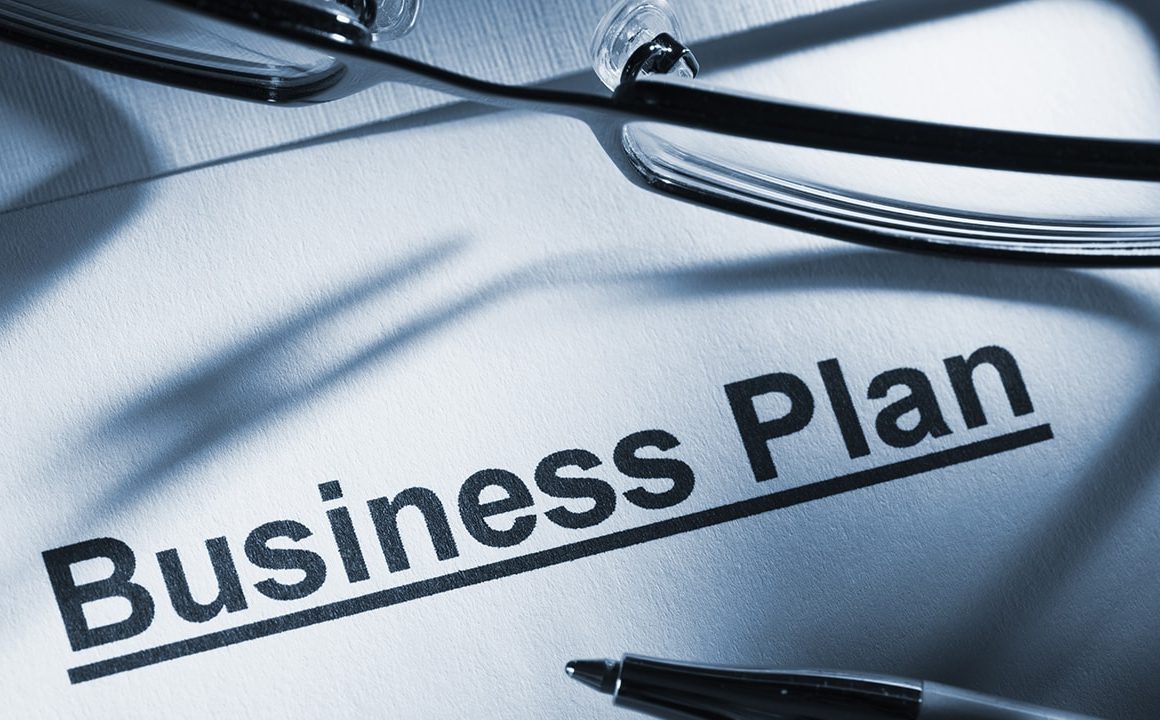
A business plan is a document that provides detail on all the main aspects of a company’s proposed business or a new activity, contains an analysis of all potential obstacles, as well as ways to solve these problems. People who want to buy a business plan online want you, as a freelance writer, to follow every convention on business plans.
Typical stages
The development of a business plan is carried out in several stages:
- The organizational stage
- Define goals;
- Identify sources of information;
- Define target readers;
- Define the structure.
- The writing stage
- Gather information;
- Compile information.
The preparatory (organizational) stage, during which the goals of starting up a business, its purpose, deadlines, responsible executives of sections, the need to attract specialists from other organizations, the work schedule, budget, are determined.
The first stage
The first stage can be divided into a number of steps:
The first step is the definition of goals. The main objectives, in this case, can be called borrowing from various sources; creating inner conviction of the need for this project; project advertising; independent examination of the project by third-party experts.
The second step is identifying sources of information. All the information for developing a business plan will be grouped as usual into two groups of data: primary and secondary information. Primary information includes information collected for the first time for this study. Secondary information is information that already exists somewhere, having been previously collected for other purposes.
The third step is to accurately identify the target readers. A business plan is a document developed for specific readers, who are often narrow specialists (banks, investment companies, individual investors, consumers, government bodies, public organizations). For each of the target readers, it is necessary to use a special writing style and a specific set of concepts. Most often, freelance writers are hired to write “dummy” business plans that are meant to be read by banks and investors, not used as actual documents for organizing the business.
The second stage
This is the stage when you develop the plan by sections and consolidate them into a single interrelated document. The second stage can also be divided into a number of steps:
Step one is the collection of information. Before you start a business plan, you need to gather all the background information. Having the necessary information, the head of a business project, even before drawing up a business plan, can assess the viability of the very concept of a new project. Your client should be your first source of this information.
Production information includes determining the resource needs of the enterprise, depending on what products it is going to produce. Most of the necessary information can be obtained from the manufacturers of similar products or on the basis of the company’s experience.
When collecting product information, you need to pay attention to the following questions:
- production operations: it is necessary to establish a list of all basic operations for processing and assembling, to find out whether it is possible to entrust some of them to subcontractors, and if so, to which ones and to whom;
- raw materials: make a list of all types of raw materials, set the name of the supplier companies, their addresses and approximate prices;
- equipment: make a specification of all the necessary equipment and for each piece of equipment, you have to find out whether you can take it to rent or need to acquire the property;
- overhead: the cost of buying tools, work clothing and gear, etc.
When you have full information on your client’s upcoming business, you can start to compile it into a ready-made business plan. It is recommended to contact the client (the actual aspiring businessman) regularly during this stage; this is for their own benefit as well as for yours.

